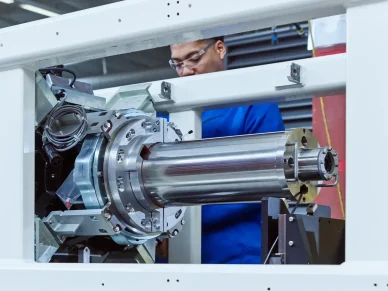Transition shows how far we have to go in energy transition
Japan’s Tokyu Railways serves 2.2 million passengers per day, connecting Tokyo with Yokohama. Its total carbon dioxide emissions for seven train lines and one tram line, as of April 1, is zero. The entire system (including vending machines, security cameras, and lighting) runs on renewable energy, mostly solar.
While that’s enough to save the equivalent of 56,000 Japanese households’ emissions each year, it’s just the start for Japan, the world’s sixth-largest polluter, which has a goal of carbon neutrality by 2050.
“We don’t see this as reaching our goal but just a start,” Tokyu’s Yoshimasa Kitano told The Associated Press.
It’s an illustration of both the challenges and the importance of transitioning from fossil fuels to renewable sources such as solar, wind, water, hydrogen, and nuclear power. Switching to renewables was a massive undertaking for Tokyu but just a drop in the bucket for Japan’s total emissions.
“I would stress the bigger impacts come from increasing electricity generation from renewable sources,” Nicholas Little, director of railway education at Michigan State University’s Center for Railway Research and Education, told the AP. “The long-term battle is to increase production of renewable electricity and provide the transmission infrastructure to get it to the places of consumption.”
About one fifth of Japan’s energy comes from renewables. After the 2011 Fukushima nuclear disaster, it shut down most of its nuclear plants and replaced most of that energy with increased coal production. By 2030 it aims to get 36-38% of its energy from renewables, leaving a lot to go in the remaining 20 years to reach its net zero goal. Rural areas of the country tend to use diesel trains, and most cars in Japan are gas-powered.
The U.S. and E.U. are in the same boat, also getting about 20% of their energy from renewable sources. They also have the same hurdles with gas-powered cars, though Europe is far ahead of the U.S. in terms of efficient public transportation. But to solve the climate crisis, it will take many more projects like Tokyu’s, not dismissing it as too small to make a difference.
















Leave a Reply